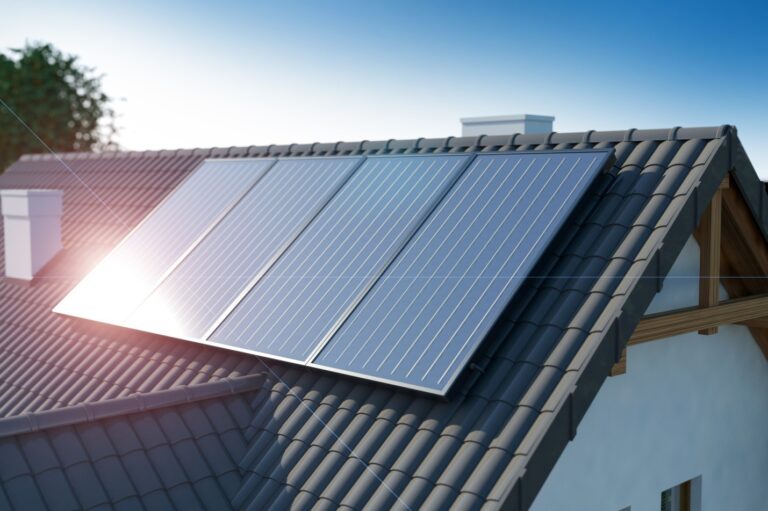Important Facts To Remember When Using Linear Polarizing Film
When you’re installing linear polarizing film, it’s important to keep a few things in mind. The first is the direction in which you need to install the polarizing film, since this will determine where on your lens it will be most effective. For example, if you want an increased contrast between light and dark areas on your photo or video footage, then placing the polarizing filter in front of those areas will produce better results than if it were placed behind them (though both positions would work just fine).
Another factor that can affect how effective your lens gets with linear polarizing film is its type—the type of lamp being used as well as its brightness level all play into how well any given piece of equipment works at producing color shifts when viewed through polarized 3D lenses. Lastly there are some other factors such as bubbles sticking around while installing it that could potentially cause issues later on down the road if they weren’t taken care of properly from day one!
The first important thing to note is the direction in which you need to install the polarizing film.
First, you need to make sure that your polarizing film is installed correctly. You can install it from the front or back of your lens. If you install it from the front, make sure that its orientation matches with what’s shown in the manufacturer’s specifications for best results; otherwise, you may find yourself with some unexpected results when shooting with circular polarization filters (CPF).
The second thing to consider is the type of lamp you’re using.
The second thing to consider is the type of lamp you’re using. Some lamps are more efficient than others and some are more expensive, so it’s important that you choose one that’s right for your application. For example, if your lamp has a longer lifespan or uses less electricity than another model, then this will lower its carbon footprint and make it more environmentally friendly.
The third thing to keep in mind is to attach the polarizer to a mirror before attaching it to glass.
The third thing to keep in mind is to attach the polarizer to a mirror before attaching it to glass. It’s easier to attach the polarizer to a mirror first, then attach it to glass. This is because once your polarizer is attached, you can use it on any kind of screen or surface without worrying about scratching your screen.
A good rule of thumb when using linear polarizing film is that if you need more than one piece per window (for example two pieces), then do not use double-sided tape because this will wear down over time and be harder for people who are trying their best not scratch up their screens again!
The fourth important point is to keep an eye out for any bubbles that may be sticking to the lens while installing it.
The fourth important point is to keep an eye out for any bubbles that may be sticking to the lens while installing it. It’s common for air bubbles to form during installation, especially if there is a lot of dust or debris on your lens. If you see any small bubbles forming around your polarizing film, simply blow them away with compressed air and continue with the installation process.
Keeping these facts in mind will help you avoid major mishaps while installing linear polarizing film on your lens.
- Keep the film in the correct direction.
- Use a lamp that is compatible with polarizing film.
- Attach the film to a mirror before attaching it to glass. This can be helpful if you have trouble seeing where you’re putting your lens, but also because it’s easier to align the two halves of your mirror when they are mounted on top of each other rather than hanging down off one side only (as would happen if you just attached one piece).
- Look for bubbles that may be sticking to your lens while installing it—bubbles can cause serious problems later on down the line when shooting photos or video with your camera setup!
Conclusion
Linear polarizing film is a great lens accessory that can help you get the most out of your photography. The best thing to do is to follow the steps outlined above, so that you can avoid any major problems while installing this piece of filter glass on your lens.




